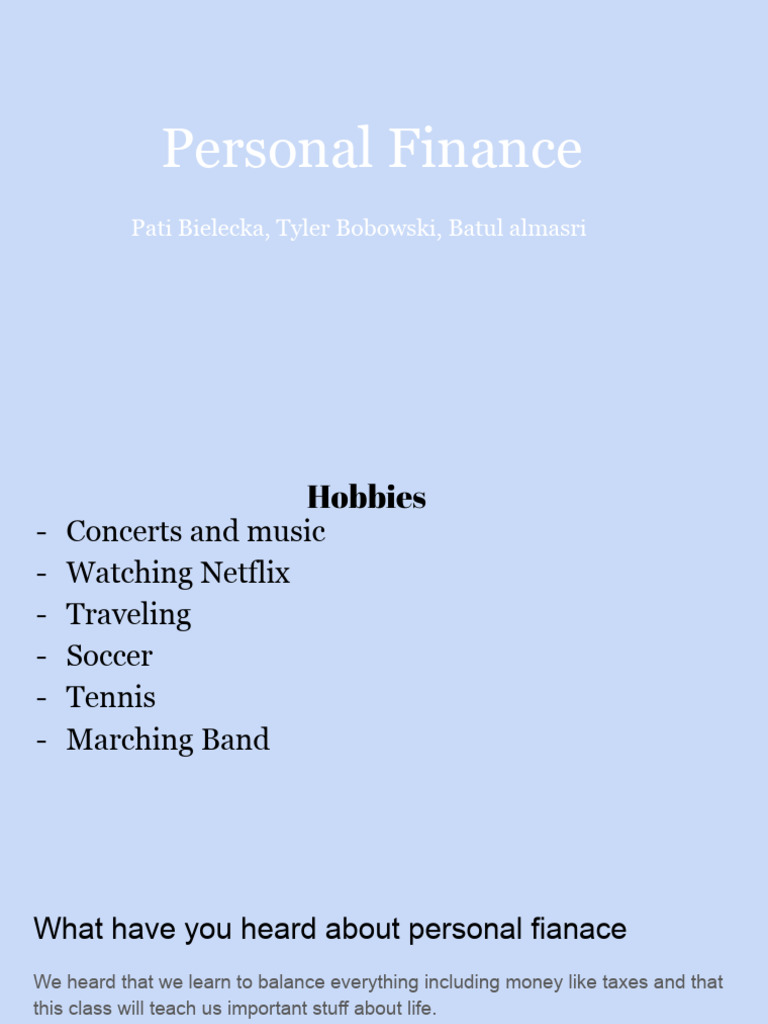Physical Address
304 North Cardinal St.
Dorchester Center, MA 02124
Physical Address
304 North Cardinal St.
Dorchester Center, MA 02124

Managing your money can feel daunting at times, but it doesn’t have to be. With the right personal finance resources at your fingertips, you can take control of your financial situation, make informed decisions, and work towards a secure future. Whether you’re looking to budget better, save for a big purchase, or simply understand the basics of investing, there are countless tools and materials out there designed to help you navigate the financial landscape.
First things first, let’s talk about what personal finance resources encompass. These resources can range from books and articles to workshops and online courses. They cover various topics including budgeting, saving, investing, retirement planning, and debt management. It’s all about finding the right mix of knowledge and practical tools to help guide your financial journey.
Why should we care about personal finance resources? Well, statistics show that a significant number of adults lack basic financial literacy. This can lead to poor financial decisions that affect long-term wealth building and overall financial health. By tapping into quality personal finance resources, you empower yourself with knowledge, enabling you to make better decisions for your money.
As you embark on your personal finance journey, here are some valuable resources to consider:
No two individuals have the same financial situation, and that’s why there’s no one-size-fits-all approach to personal finance. What works for you may not work for someone else. Here are a few resources that might be particularly helpful depending on your circumstances:
If there’s one skill that can significantly impact your financial health, it’s budgeting. Effective budgeting acts as the foundation for all other personal finance resources. Here are some techniques:
This technique requires you to allocate every dollar of your income to specific expenses, savings, and debt repayments, ensuring that your budget balances to zero. By understanding where every dollar goes, you can make more conscious spending choices.
A more tactile approach to budgeting involves using envelopes to divide cash for different spending categories—like groceries, entertainment, and bills. Once the cash in an envelope is gone, you can’t spend any more in that category.
This popular method divides your income into three broad categories: 50% for needs, 30% for wants, and 20% for savings and debt repayment. It’s straightforward and can be easily adjusted based on individual goals and circumstances.
Once you’ve got a handle on budgeting and saving, the real fun begins—investing! Exploring personal finance resources dedicated to investing can open doors to growing your wealth effectively.
Robo-advisors like Betterment and Wealthfront simplify investing for beginners, allowing you to build a diversified portfolio based on your risk tolerance. More experienced investors might consider platforms like Vanguard or Fidelity for self-driven investing opportunities.
Participating in workshops can provide in-depth knowledge about trading stocks, mutual funds, or other instruments. These workshops often help demystify investing and allow you to engage with industry experts.
Finally, staying updated on personal finance trends is essential. Major financial publications like The Wall Street Journal, Forbes, and Bloomberg offer articles, analysis, and insights that can keep you informed about financial markets, personal finance tips, and best practices.
Documenting your financial journey can serve as an invaluable personal resource. A financial journal allows you to reflect on your spending habits, note achievements, and identify areas for improvement. Over time, this practice will help you see how far you’ve come and motivate you to stay focused on your goals.
To complement your personal finance learning, visual aids can be excellent resources to simplify complex concepts. Consider the following illustrative resource:
This visual encapsulates essential concepts in personal finance, making them easier to digest and understand. Incorporating rich visuals into your learning can make the information more relatable and engaging.
As you delve into the world of personal finance, remember that the key to success is consistent learning and application. By utilizing a variety of personal finance resources, experimenting with different budgeting techniques, and staying informed about investing opportunities, you can build a solid foundation for a bright financial future.
The journey of managing your personal finances is ongoing, but with these resources, you’re already on the right path. Keep striving for financial literacy, and don’t hesitate to revisit and explore new resources along the way!